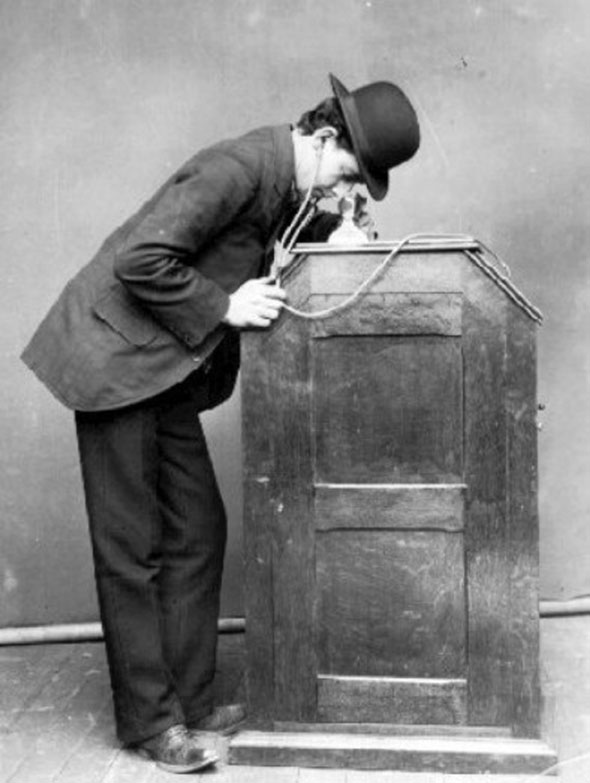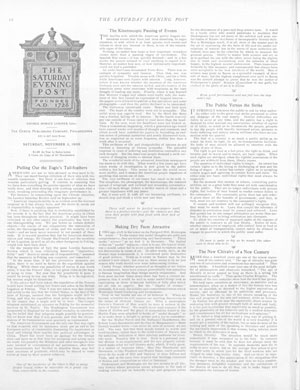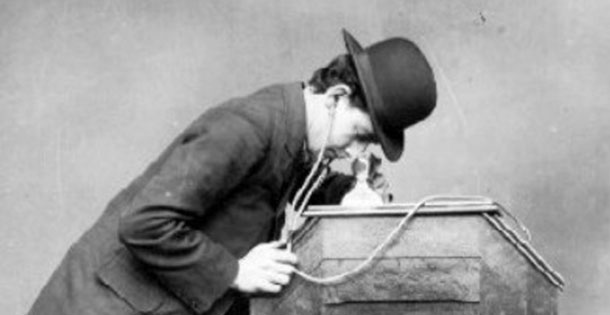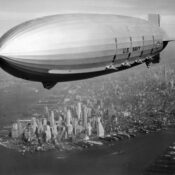
People are too easily distracted. News of a major tragedy will hold their interest for a few days, but boredom quickly sets in and attention drifts away.
That’s what the Post editors concluded after people learned a hurricane had destroyed a major American city on the Gulf Coast. “Money and food were sent,” they wrote. “The heart of the country went out in sympathy. The awful story was eagerly read. But by the third day there was a distinct falling off in interest. … By the [fifth day] even the headlines were not looked at.”
They weren’t describing New Orleans in 2005, but Galveston in 1900.

In September of that year, a hurricane swept inland to destroy a city and kill some 10,000 people, making it still the deadliest natural disaster in U.S. history. It was, of course, a major news story. Yet two months later, Post editors observed that people had quickly lost interest in the tragedy.

The editorial — published nearly a century before life became enmeshed with the Web and smartphones — blamed technology for the lack of focus. Life was becoming too fast-paced. Rapid communication, made possible by steamships, the telegraph, and the new telephone, was making people impatient with any delay. Even the kinetoscope, Edison’s patented personal hand-cranked movie viewer (pictured above), was contributing to America’s growing inability to stay focused.
We can smile at the thought that steamships were making people more distracted. But it appears that technology does indeed make it harder for us to concentrate. This year, the Microsoft Corporation published a study that showed between the year 2000 and 2013 the average attention span dropped from 12 to 8 seconds. That’s one second less than the attention span of a goldfish.
If true, this fact suggests that people will find it increasingly difficult to remember and learn from tragedy. And if that’s the case, maybe we should heed the editors’ advice from 115 years ago: “But it were well if, with all our increasing swiftness, we should stop and think a while now and then.”
Become a Saturday Evening Post member and enjoy unlimited access. Subscribe now




Comments
Thanks for this feature Jeff. The 1900 article mentions the steamship, but not trains/locomotives; that’s interesting. I’m sure by 1910 the automobile would have been included!
The kinetophone/scope seems very cutting edge for 1900; not surprised it was invented by Edison.
The loss of interest in the Galveston tragedy only 2 months later with a loss of 10,000 lives is pretty shocking. As far as the average attention span loss study goes, I can totally believe it and fear the next one will show it’s on the level of a flea.